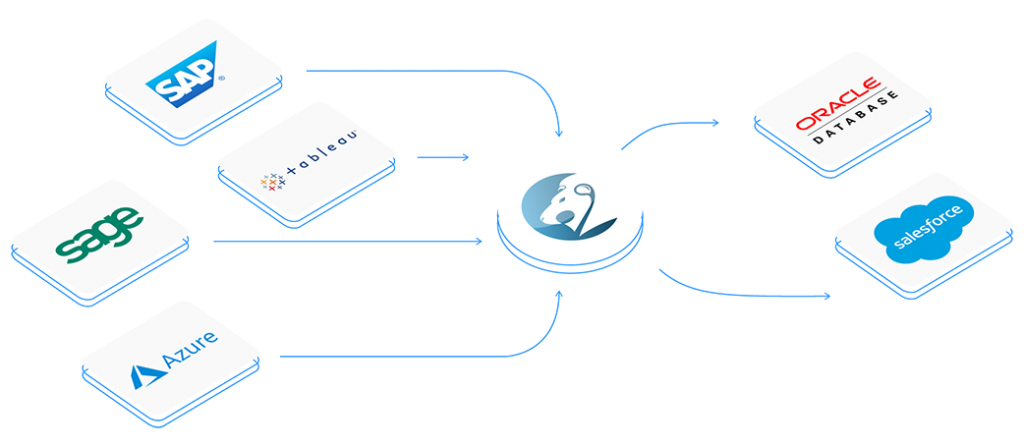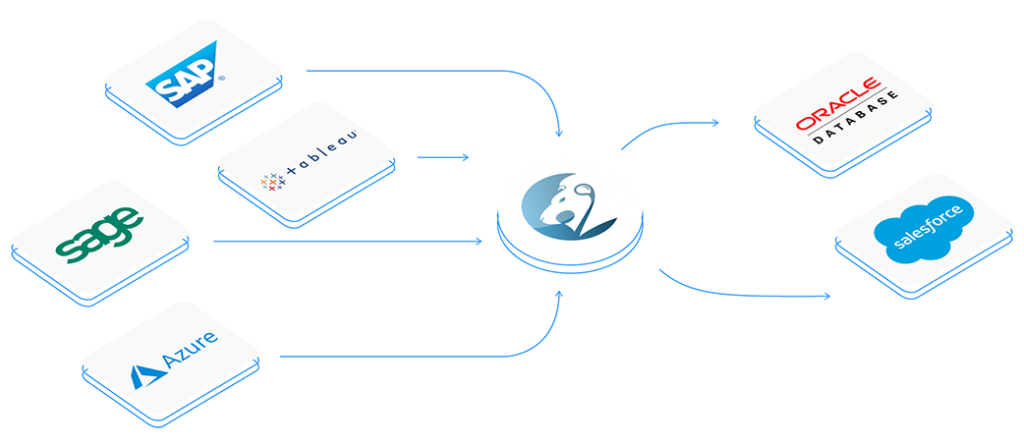BPM and Low Code: Differences and Similarities
Blog: AuraQuantic Blog
In this article we will study the differences and similarities of BPM and low-code platforms, and analyze how the use of these technologies helps companies to solve their daily challenges.
In 2014, Forrester defined a Low Code Development Platform (LCDP) as software that provides an environment that programmers use to create application software through graphical user interfaces and configuration instead of traditional computer programming. These developments can focus on a particular type of application such as databases, business processes or user interfaces such as web applications; enabling accelerated delivery of business applications which, in some cases, require some additional coding. In this same statement, it also indicates that the fact of using a minimum of code makes it possible to improve delivery times, and that a wider range of people can contribute to the application’s development.
Looking closer at this description, we can see that Forrester specifically mentions the term processes, and that the characteristics attributed to low-code platforms could also be attributed to an advanced BPM platform.
Indeed, the differences between the two platforms is not so clear, although we could safely say that not all BPMs are low code.
FUNDAMENTAL CHARACTERISTICS OF BPM
BPM platforms are born from the need that organizations have to transform their processes into digital solutions that allow them to control their workflows and data, regardless of the departments, tasks or projects involved.
In addition, they incorporate tools that allow the development of applications in an agile and intuitive way, relying on visual interfaces and enabling business users to create their own business applications. Interestingly, they incorporate responsive design so that they can be used on different devices, such as computers, tablets, mobile phones, etc.
We know that process management generates a lot of documentation, so it is very significant that BPM software incorporates document management functionalities.
From our point of view, another element to take into account is the possibility of executing unforeseen tasks that were not built in the design of the process workflow, or tasks that cannot be adapted to the usual process management approach.
A BPM is often used as part of a software system where other tools coexist, so it must have the necessary features to allow integration with other technologies: ERP, CRM, RPA, AI, etc.

We must understand that these types of solutions must meet current and future business needs, so the platform must be easily scalable and permit installations on local servers (on premise) or in the cloud.
For more information on these types of platforms, visit our article Optimal information management with iBPMS.
CHARACTERISTICS OF A LOW CODE PLATFORM
With a traditional software development tool, the full weight of the development lies with the IT department, so its potential is limited to the operational capacity of this department. in addition, there is a risk that the final product is a far cry from the end user’s real needs. However, today companies put all the focus on meeting the needs of users, and this process must be fast, agile and able to act instantly on current opportunities. Therefore, why not incorporate other employees into the development process?
This is a functionality that low-code development platforms should cover. Logically, the tool must offer an intuitive user experience, have a visual interface and offer drag and drop features to configure applications, minimizing the need for coding and shortening the learning curve immensely. It’s important to note that involving business users in the development process does not mean that the organization’s core processes cannot be addressed with this type of tools.
Unfortunately, companies do not grow uniformly, and mergers and acquisitions can lead to a system riddled with poor communication, task duplication and ignorance of critical information; using a low code platform, companies can remove these barriers, generating fully integrated solutions.
It goes without saying that, at present, when building a computer solution, it should be accessible from mobile devices or at least be perfectly adaptable for use on this type of device. A low-code platform must also meet the needs of small and large companies, providing both long- and short-term solutions. Furthermore, the possibility of installation in the cloud will provide scalability and continuous improvement of the company’s processes.
LOW CODE BPMS
Having looked at the similarities and differences between BPM and low-code platforms, we see that there are more things that unite these technologies than those that separate them. In fact, workflow and Business Process Management (BPM) platforms are pioneers in the use of Low code, as they are the first to offer of business process models that do not require code to build the logic.
With a BPM platform, process logic can be designed graphically, and can have different tools to run the application with minimum coding. That is, these platforms combine the principles of Low-code development with robust BPM capabilities that accelerate the development of automated applications within the business structure.
What defines a company is the way it runs, and strategies and processes depend on the company’s specific characteristics. The business model must be designed using the software and it is extremely rare for an IT department alone to be aware of the constantly changing needs of end users and business segments, to be able to adapt the software developments. Therefore, developments must go hand in hand with the people involved in the processes, which are precisely the ones with most knowledge of their area of expertise. This is where low code comes in, to help each person and each organization define their behavior model in a simple way through visual and intuitive tools, known as democratization.
We have changed the way of coding processes. Now it is the platform that writes the code – not the people.
The post BPM and Low Code: Differences and Similarities appeared first on AuraPortal.
Leave a Comment
You must be logged in to post a comment.








